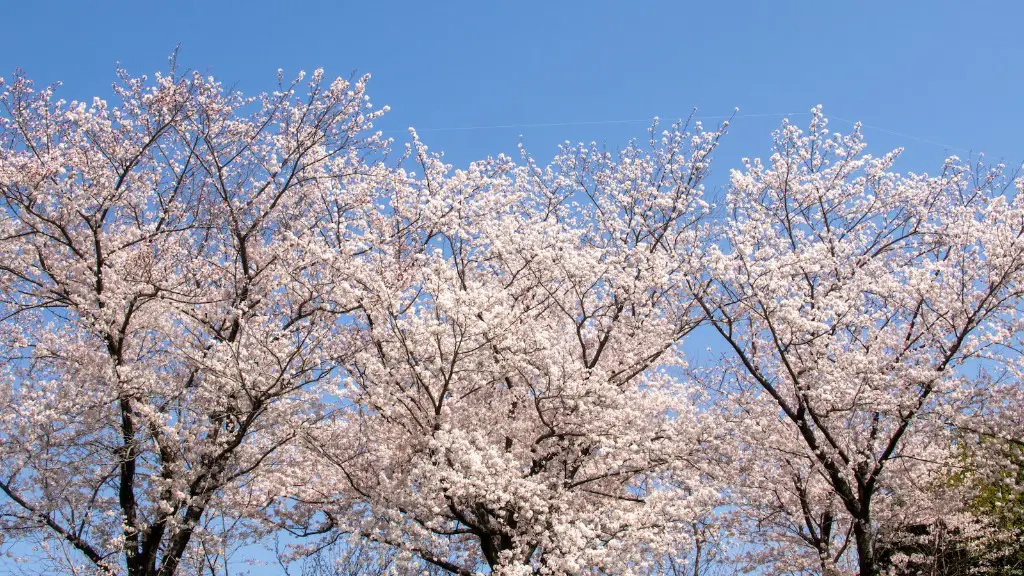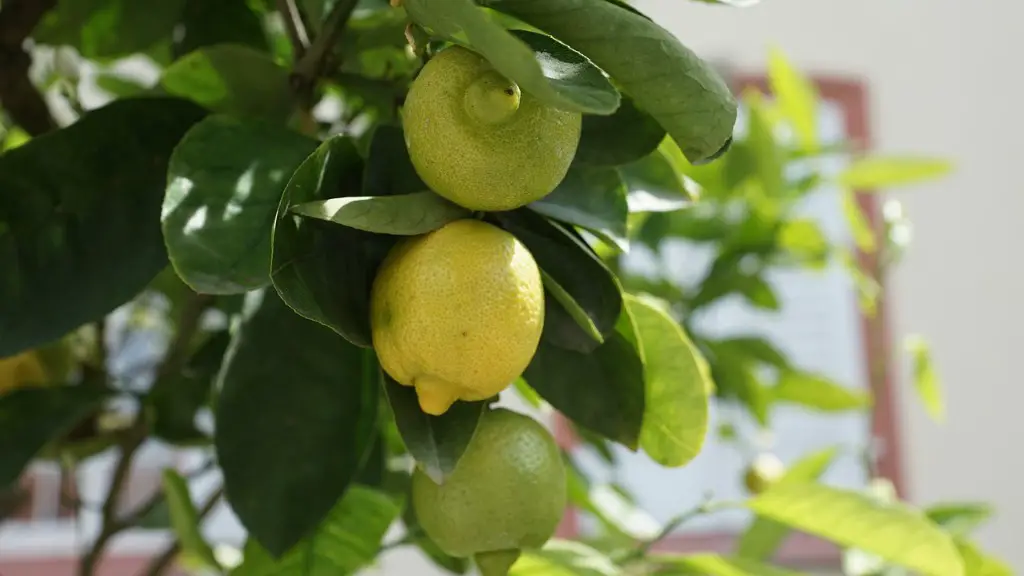Where to Plant Cherry Blossom Tree
Cherry blossom trees are popular for their beautiful spring blossoms and stunning foliage. The cherry blossom tree, or Prunus serrulata, is a species of the rose family that is native to Japan, China, and Korea. Blooming from late March to early April, these trees offer a spectacular show of flowers during the spring. Planting a cherry blossom tree is a wonderful way to create a focal point for your landscape or garden. But if you’re considering adding one to your garden, you’re probably wondering: where is the best place to plant it?
Tips on Site Selection
When choosing a site for your cherry blossom tree, experts recommend picking a location that gets at least six hours of direct sunlight each day. Properly caring for a cherry blossom tree also requires planting it in well-drained soil that has a deep, fertile loam and a slightly more acidic pH than normal. Additionally, you’ll want to select a spot with good air circulation, as your tree’s blossoms are very sensitive to wind and hail storms.
Soil type can vary from region to region, so you may want to consult a local arborist or tree service if you need help selecting a good location. This can save you a lot of time and effort, as incorrect soil conditions can lead to stunted growth and poor performance of your cherry blossom tree.
Air Pollutants
Another consideration when selecting a site for your cherry blossom tree is the presence of air pollutants. Trees are susceptible to certain pollutants, such as ozone, sulfur dioxide, and nitrogen dioxide, which can damage the leaves and reduce their ability to photosynthesize. These pollutants can be present in higher concentrations in urban areas, so it’s best to choose a less populated setting in which to plant your cherry blossom tree.
Pruning
When growing cherry blossom trees, pruning is important to keep the tree healthy and maintain its beautiful form. As your tree grows, experts recommend trimming off any dead or diseased branches and removing any crossing or rubbing branches. This will help promote air circulation, as well as improve the overall shape of your tree. Additionally, pruning helps keep the tree small and compact, which is best for most gardens or landscapes.
You’ll want to be careful when pruning, however, as cherry blossom trees are susceptible to damage from pruning cuts. To reduce the risk of injury, make sure to use clean and sharp pruning sheers and prune only when the tree is dormant.
Pest and Disease Control
Cherry blossom trees also require regular pest and disease control to remain healthy. These trees are susceptible to a variety of fungi, pests, and other diseases, so it’s important to inspect your tree regularly and take appropriate measures to prevent problems. Some pests, such as Japanese beetles and aphids, can be controlled with chemical sprays while others, such as powdery mildew, can be treated with a fungicide.
If you discover a pest or disease problem on your cherry blossom tree, it’s best to consult a professional. They can recommend the best treatment for the problem and ensure that it is properly applied.
Watering
Finally, cherry blossom trees require regular watering in order to stay healthy. During the spring and summer months when the tree is growing, it should receive at least an inch of water every week. During periods of drought, it’s best to water more frequently. Additionally, make sure to avoid overwatering, as this can have damaging effects on the tree.
If you live in a hot and dry climate, it’s best to choose a spot with good soil drainage. Additionally, mulching your tree is a great way to help keep soil moisture levels consistent. This can help reduce the amount of water needed to keep your cherry blossom tree healthy.
Fertilizing
Fertilizing your cherry blossom tree is also essential for maintaining its overall health and vigor. As with watering, proper fertilization is best done during the growing season. An all-purpose fertilizer, such as a 10-10-10 fertilizer, is recommended for use on cherry blossom trees. Additionally, the use of a soil acidifier or sulfur-based fertilizer can help maintain the tree’s acidity levels.
For best results, you’ll want to fertilize your tree every four to six weeks during the growing season, as well as every fall. Additionally, make sure to avoid over-fertilizing, as this can damage the tree’s root system and lead to stunted growth.
Wrap Up
As you can see, there are a few important considerations when it comes to planting and caring for a cherry blossom tree. If you’re thinking of adding one to your landscaping or garden, make sure to select a location with good soil drainage and six hours of daily sunlight. Additionally, keep a regular watering and fertilizing schedule, and inspect your tree regularly for pests and diseases.


